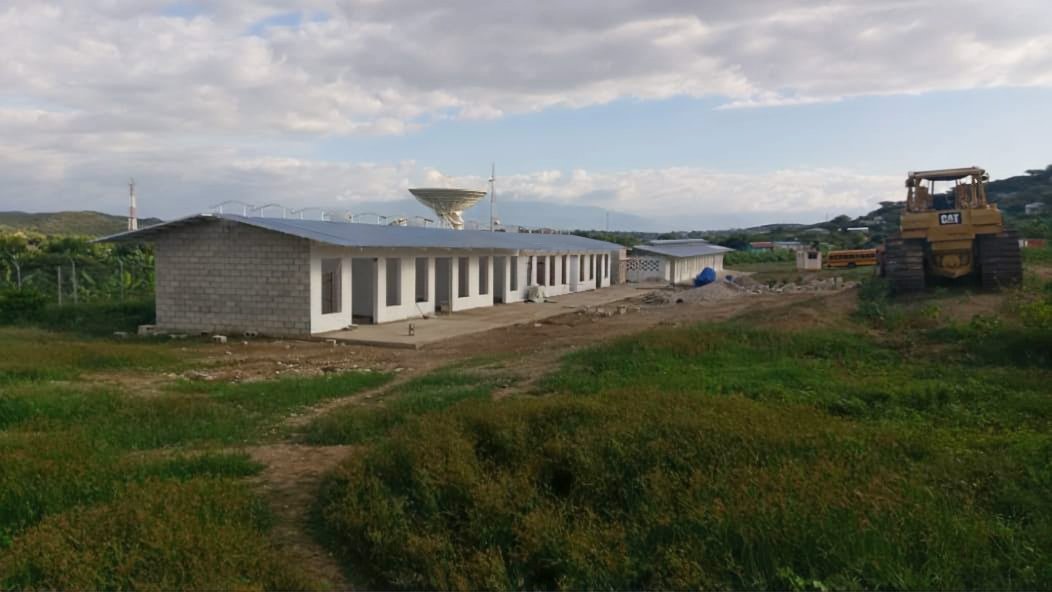The Joseph School
Location:
Cabaret, Haiti
Status:
Multi-phase project, final stage to be completed 2020
Size:
Campus grounds cover 70 US acres
Client:
The Joseph School Foundation
Shop Team:
James Kennon
John Hadley
Beasley Chantharath
Project Collaborators:
Structural Engineer:
EMC Structural Engineering
Civil Engineering:
Civil Site Design Group
Designing, Planning and Overseeing the construction of a secondary level leadership school, dorms, and operations center in Cabaret, Haiti. Working closely with the non-profit to provide an environment that carries out their mission of developing Haitian leaders for Haiti’s future. The Architect Workshop has provided masterplan and building design for The Joseph School in Cabaret, Haiti. The School began construction in the summer of 2016 on the first of four phases of construction. The first phase will be for grades K-3 with support facilities and Chapel and Dining Hall.
The Architect Workshop has an ongoing relationship with the non-profit group, The Joseph School. The objective of the school is to provide free education to their students with the mission of developing ‘Haitian leaders for Haiti’s future’. The Workshop has developed the master plan for the school, which includes classroom buildings, dorms, dining hall, chapel, fence enclosure and operation center located in Cabaret, Haiti.
The School began construction in the summer of 2016 on the first of four phases of construction. The first phase included classrooms for grades K-3 with support facilities, chapel and dining hall. Among the various unique challenges of this project are the availability of building materials and skilled construction workforce, the need for durable enclosures, and creation of appropriate interior environments in unconditioned spaces.
In response, the building design is modest: the forms are simple, limited and easily available materials (concrete, concrete block) were used, and local techniques as well as architectural elements were used to bring light and air into the unconditioned spaces. To introduce natural light into the spaces, the roof was raised slightly above the exterior walls to create a continuous clerestory that also contributes ventilation. Other devices that were used to draw ventilation into the space and control heat development include: large roof overhang to create shade and control temperature gradients to draw air through the building and operable windows on the North and South side for air flow. Electricity is provided by generator and solar power.

























